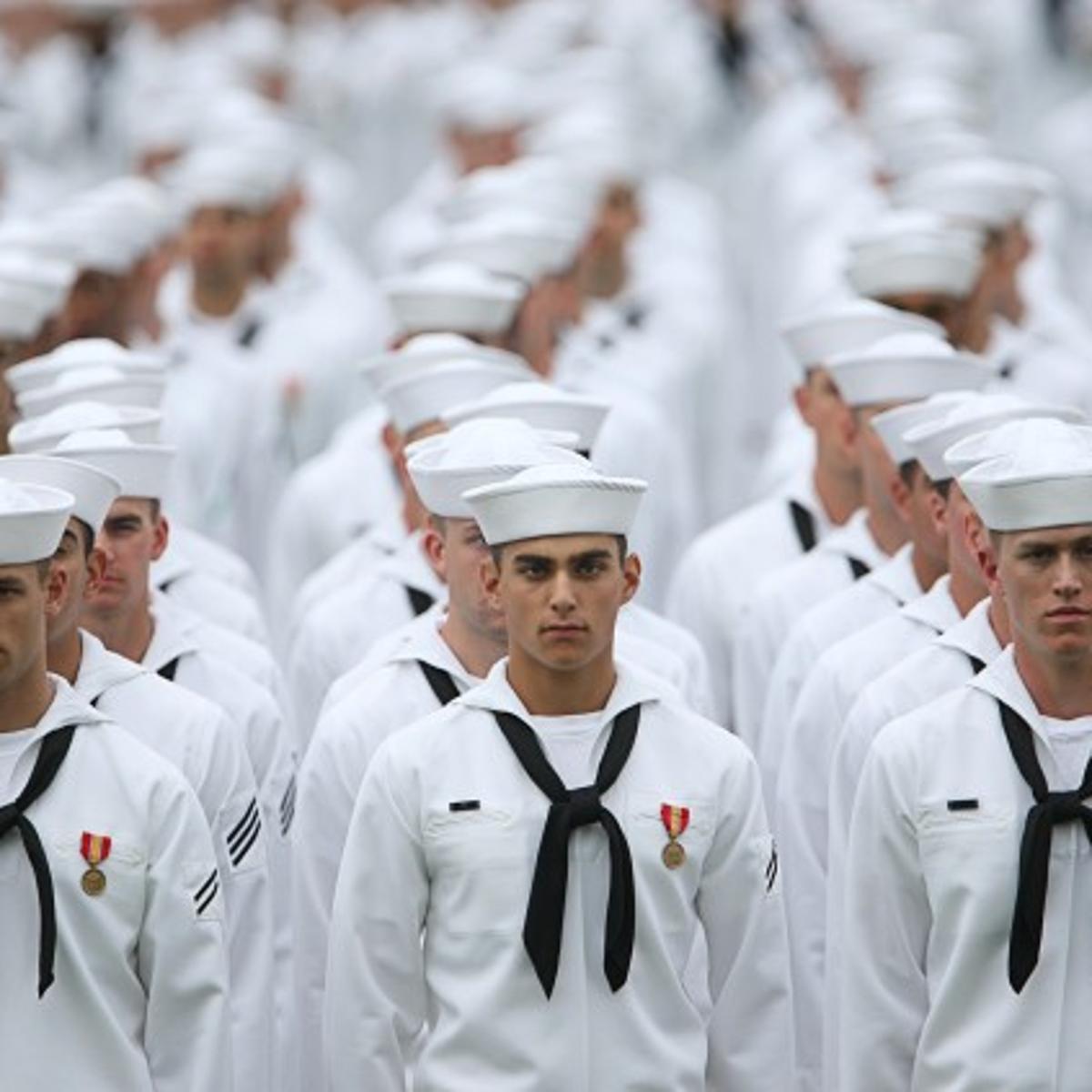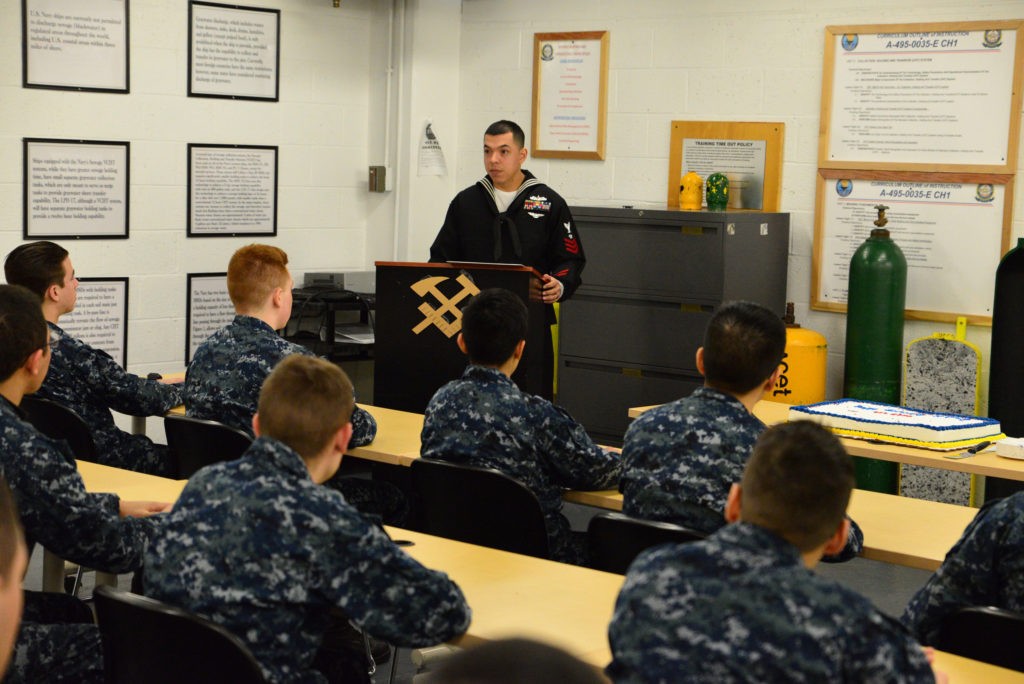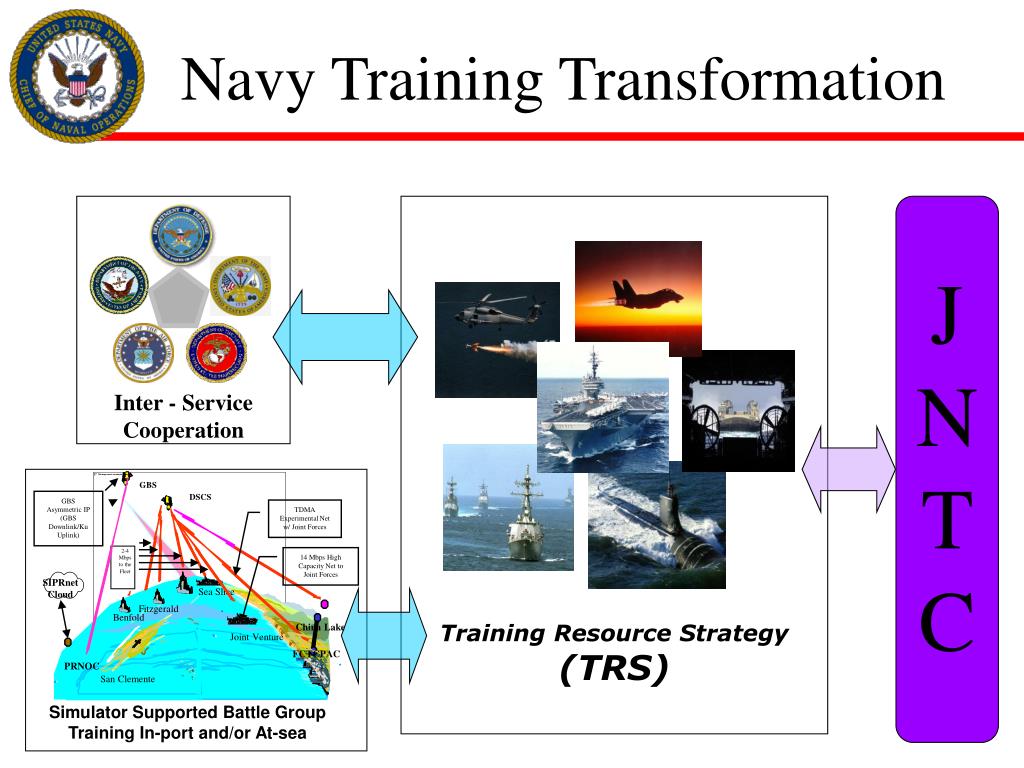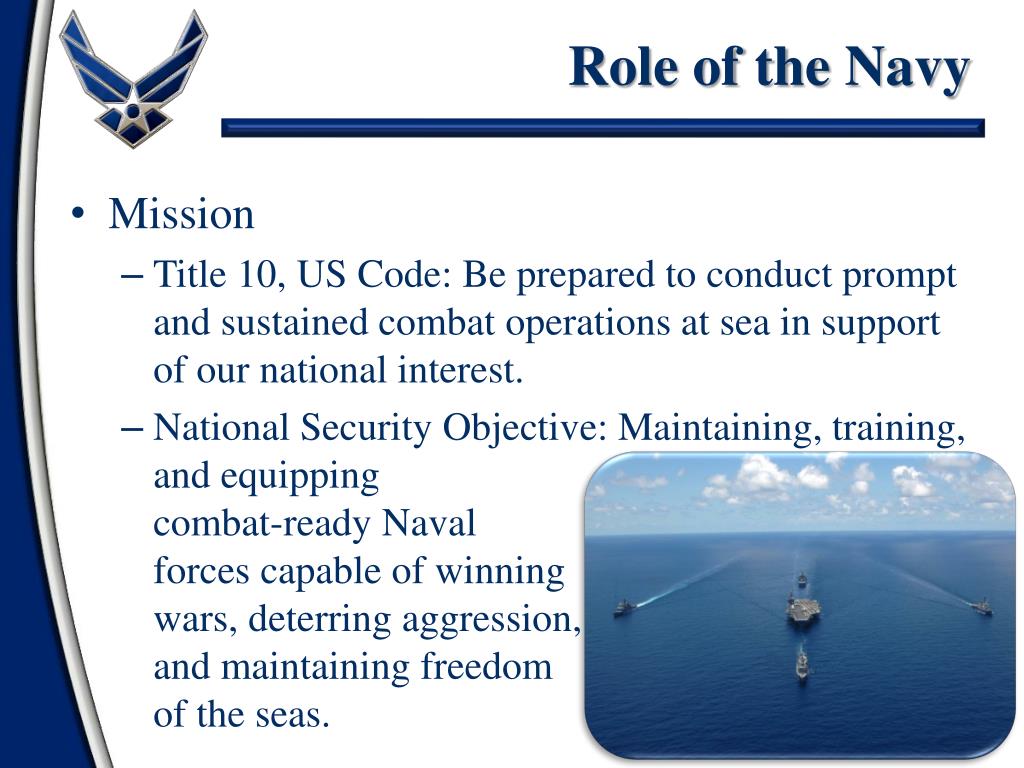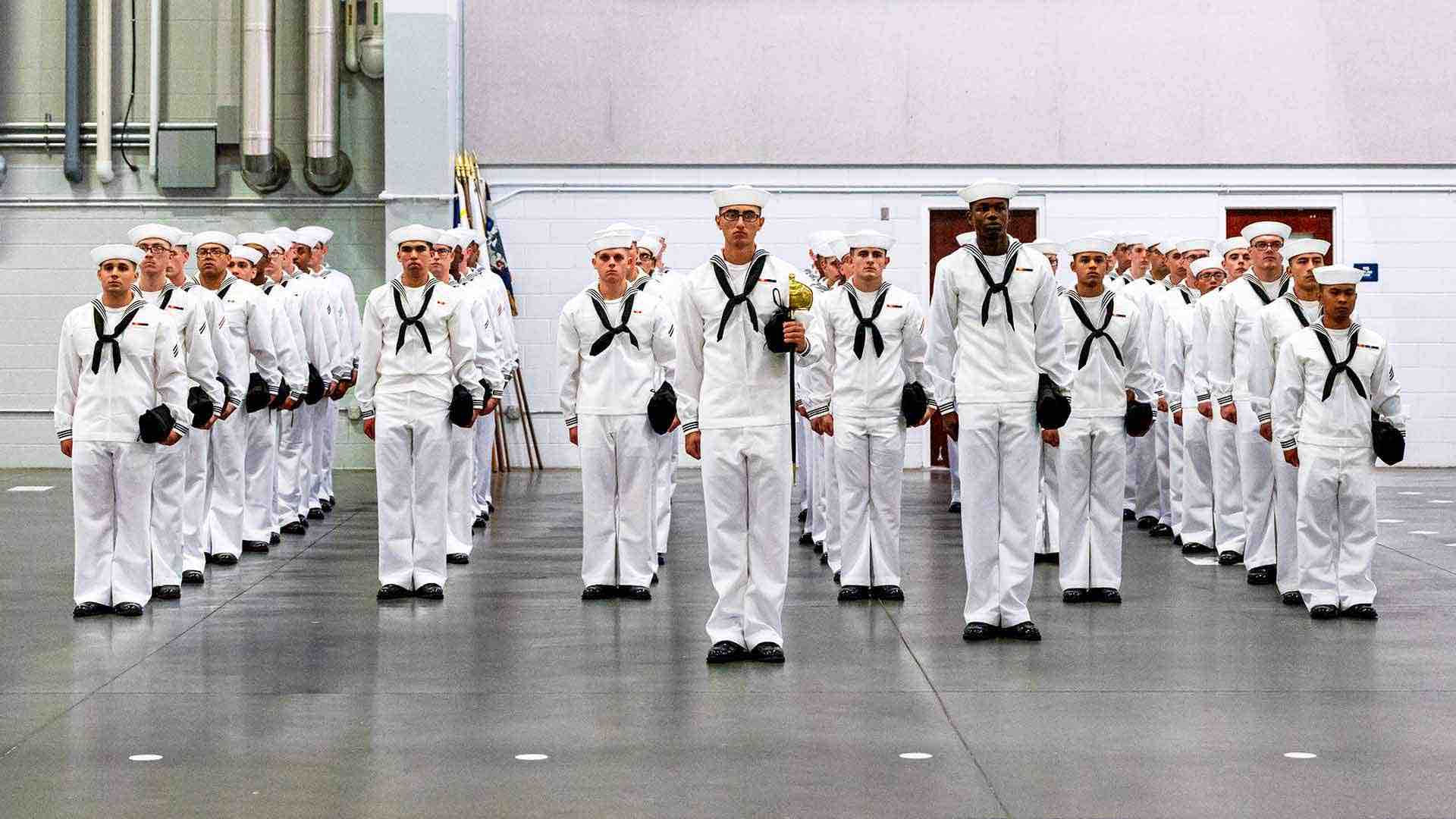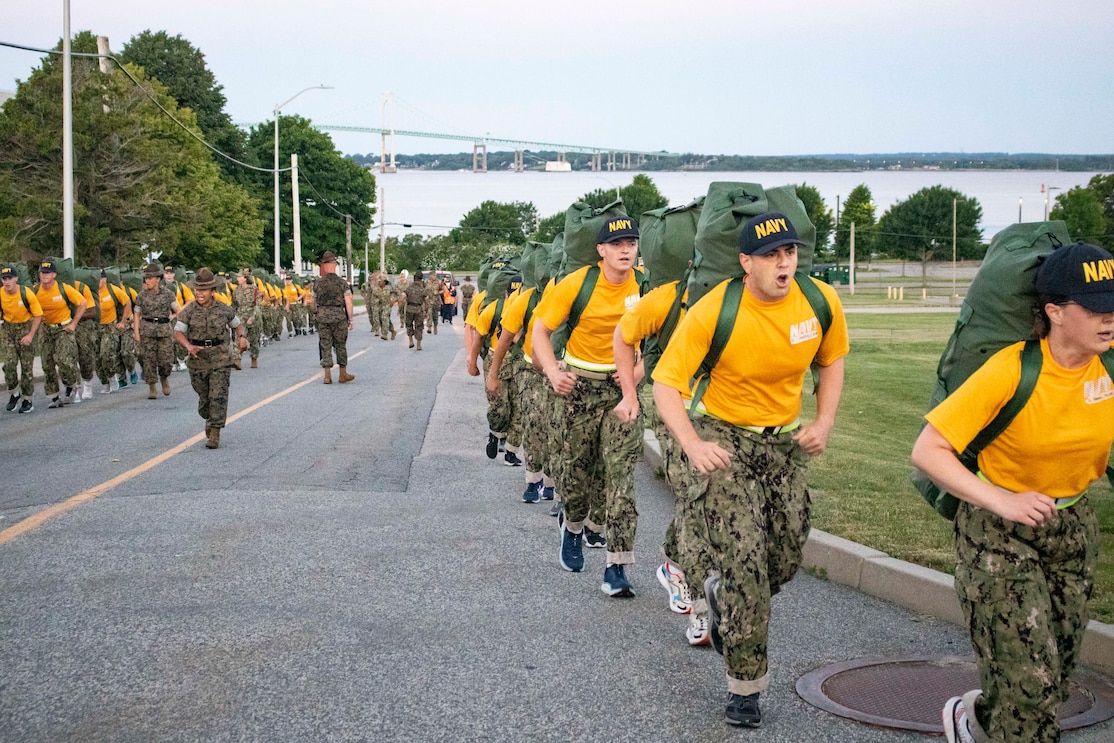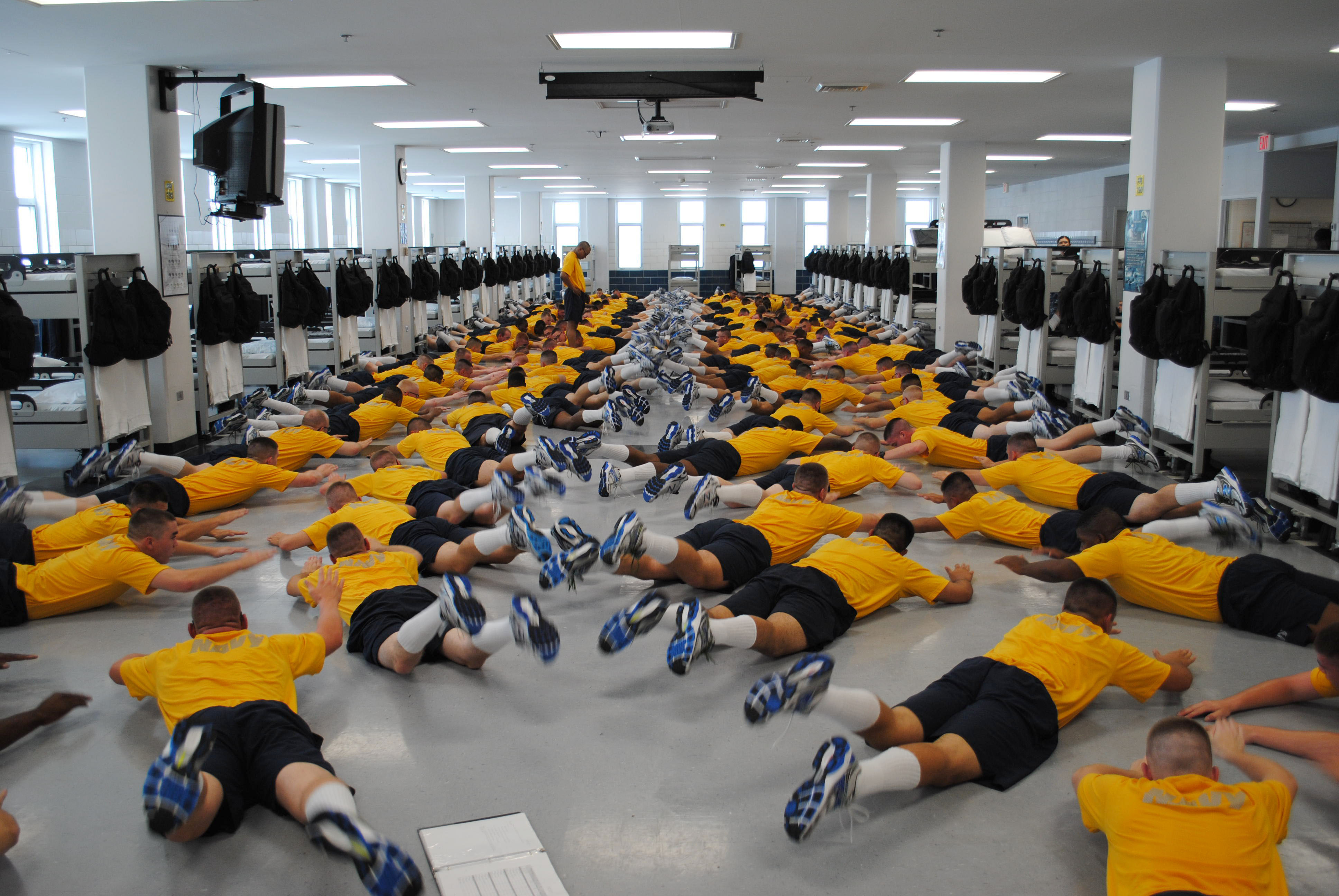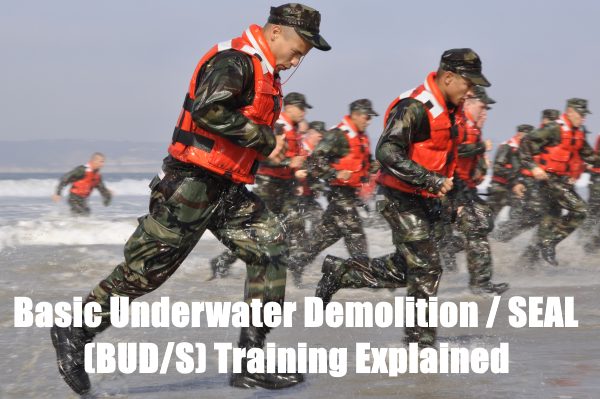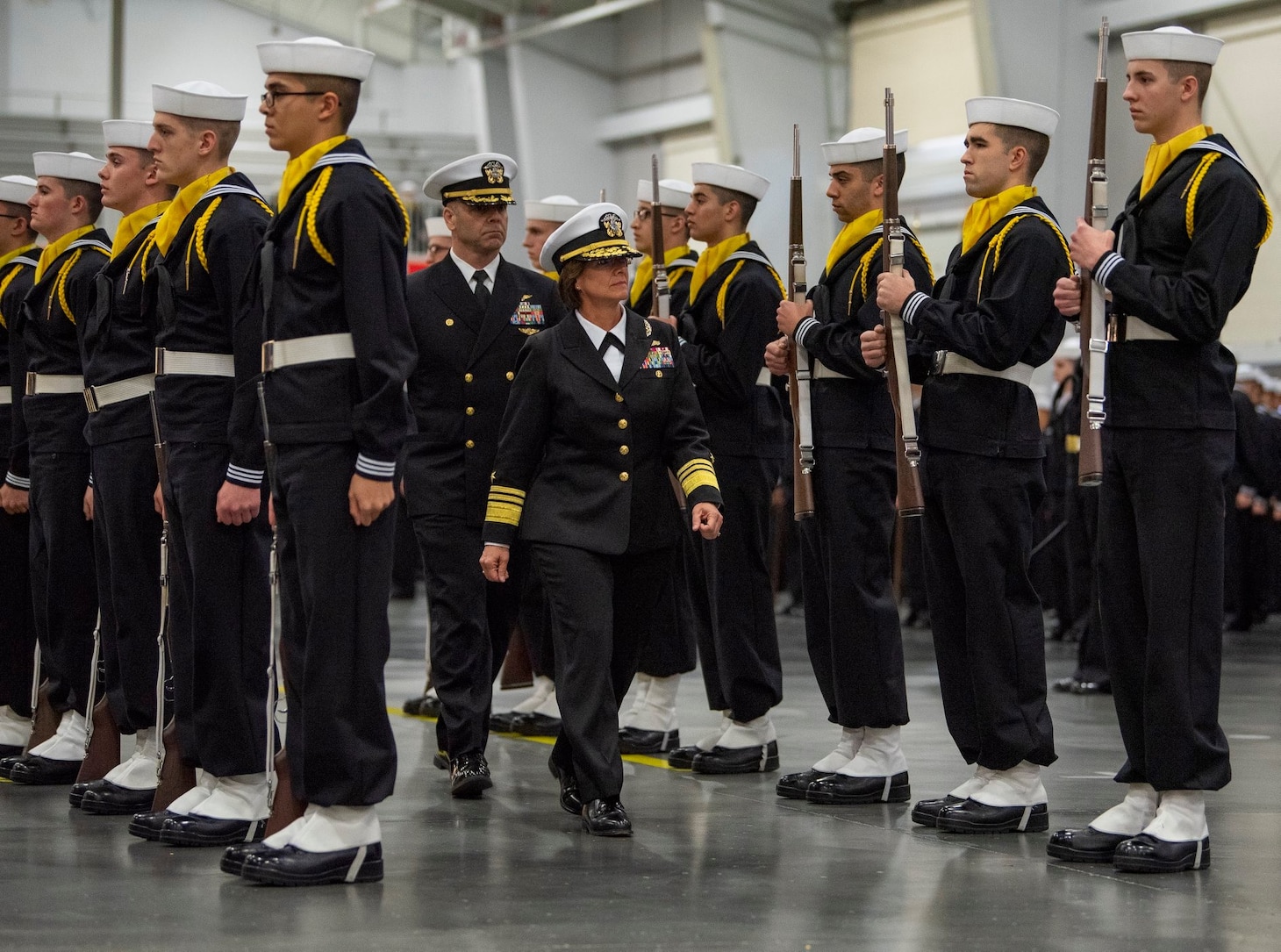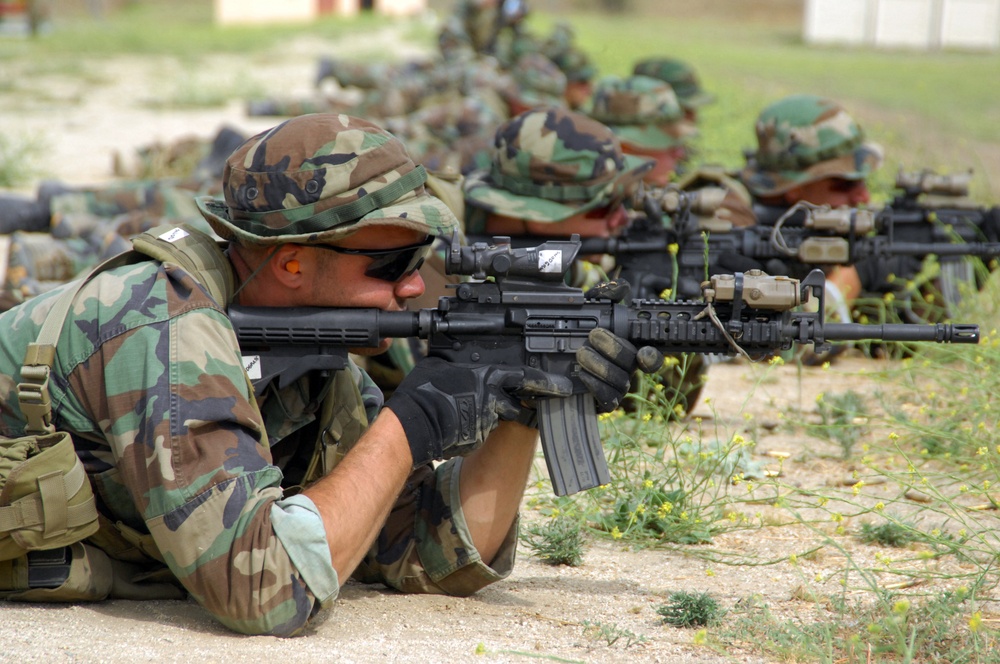What Is The Overall Purpose Of Navy Training
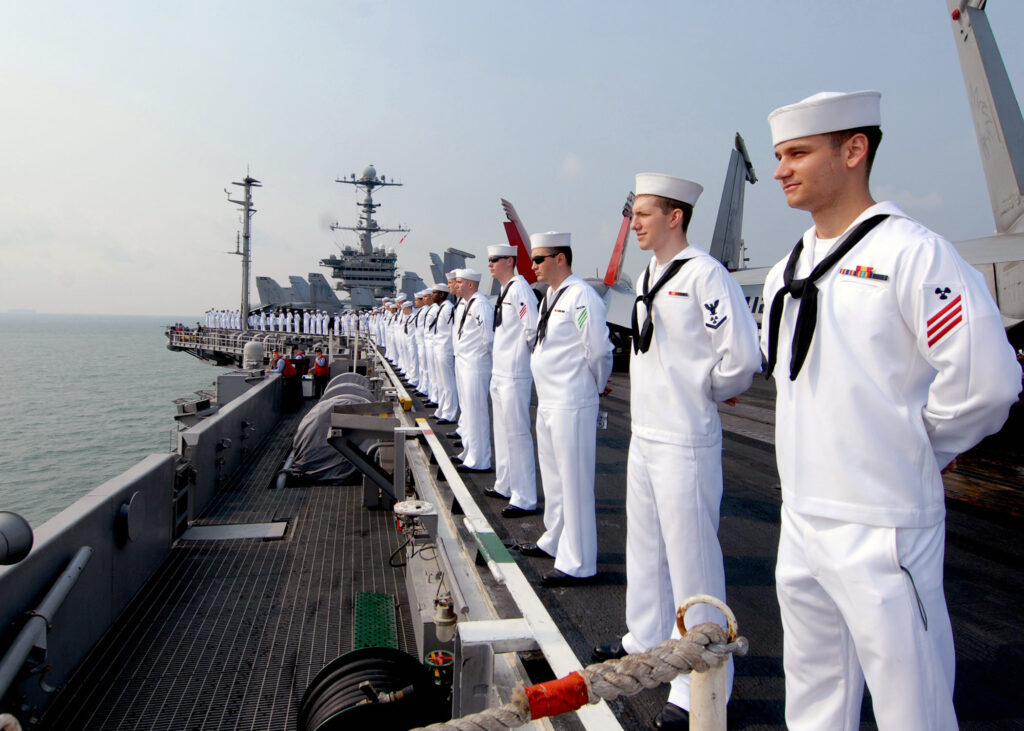
The U.S. Navy's training programs are designed to forge combat-ready sailors and officers capable of executing naval operations globally, ensuring maritime security and projecting American power. This comprehensive system transforms recruits into skilled warfighters prepared to defend national interests across all domains.
From boot camp to specialized schools, every stage is meticulously crafted to instill discipline, technical expertise, and leadership. The goal is to cultivate a force that is both highly competent and deeply committed to the Navy's mission.
The Foundation: Recruit Training Command
Recruit Training Command (RTC), located in Great Lakes, Illinois, is the first crucible for all enlisted sailors.
Here, civilians are molded into sailors through rigorous physical training, classroom instruction, and teamwork exercises.
The 8-10 week program emphasizes core values: honor, courage, and commitment, laying the ethical groundwork for their naval careers.
Technical Training: Learning the Ropes
Following RTC, sailors proceed to technical training schools tailored to their chosen ratings (job specialties).
These "A" schools provide in-depth instruction on specific equipment, systems, and operational procedures.
For example, an aspiring electronics technician will learn about radar systems, while a machinist's mate will focus on engine maintenance.
Officer Training: Leadership Development
Officer training pathways vary, including the U.S. Naval Academy, Naval Reserve Officer Training Corps (NROTC), and Officer Candidate School (OCS).
These programs emphasize leadership, strategy, and naval warfare tactics.
Officer candidates undergo rigorous academic and physical challenges to prepare them for command positions.
Advanced Training: Honing Expertise
After initial training, sailors and officers have opportunities for advanced education and specialized courses.
The Naval Postgraduate School (NPS) offers advanced degrees in various fields, from engineering to national security affairs.
Additionally, schools like TOPGUN (officially the Navy Strike Fighter Tactics Instructor program) provide elite tactical training for fighter pilots.
Fleet Training: Preparing for Deployment
The final stage involves unit-level training, where sailors and officers integrate their individual skills into a cohesive fighting force.
This often takes place under the umbrella of Fleet Response Training Plan (FRTP).
During FRTP, ships and squadrons conduct exercises ranging from basic drills to complex war games, simulating real-world scenarios.
Live Fire Exercises: Realism in Training
Live fire exercises are crucial for building confidence and proficiency in weapons systems.
These exercises allow sailors to experience the stress and intensity of combat in a controlled environment.
The Navy uses ranges like the Pacific Missile Range Facility (PMRF) in Hawaii for advanced missile and weapons testing.
Simulations and Virtual Reality: Enhancing Preparedness
The Navy increasingly utilizes simulations and virtual reality to enhance training.
These technologies allow sailors to practice complex scenarios without the risks and costs associated with live exercises.
Simulators are used for everything from ship handling to aircraft carrier operations.
Cyber Warfare Training: Facing New Threats
Recognizing the growing importance of cyber warfare, the Navy has invested heavily in cyber training programs.
Sailors learn to defend networks, conduct offensive cyber operations, and understand the implications of cyberattacks.
The Naval Information Warfare Training Group (NIWTG) plays a key role in developing cyber warriors.
Joint Training: Interoperability and Cooperation
The Navy regularly participates in joint training exercises with other branches of the U.S. military and allied nations.
These exercises promote interoperability and strengthen partnerships.
Examples include Rim of the Pacific (RIMPAC), the world's largest international maritime exercise.
The Ongoing Evolution of Training
Naval training is constantly evolving to adapt to new technologies, threats, and operational requirements.
The Navy is investing in new training methods, such as artificial intelligence and augmented reality.
These advancements aim to create more realistic, effective, and efficient training experiences for sailors and officers.
Looking ahead, the Navy will continue to prioritize training as a critical component of maintaining its competitive edge.
Ongoing assessments and adjustments ensure that sailors are prepared to meet the challenges of a rapidly changing world.
The ultimate goal remains constant: to produce a highly skilled and combat-ready force capable of defending the nation and its interests.
